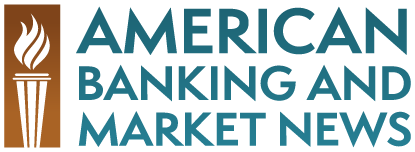As part of its campaign to rein in “too-big-to-fail” banks such as J.P. Morgan Chase (JPM), Citigroup (C), and Bank of America (BAC), Republicans and Democrats in Congress are debating a provision that would cap borrowing, or leverage, at large banks at a 15-to-1 ratio.
The proposal highlights the question that has been debated for well over a year. What caused the financial crisis of 2008, and how can it be avoided?
Supporters say that the lack of leverage limits was a key contributor to the financial meltdown. In some cases, investment banks – at the height of the boom leading up to the crisis – were leveraged at 50-to-1.
“High leverage has been shown to have been one of the best predictors of major financial firms falling into distress or needing government support during the current crisis,” said Rep. Jackie Speier, D-Calif., the provision’s sponsor.
Currently, the Senate bank bill leaves the issue of appropriate leverage limits to a newly formed consolidated bank regulator made up of other financial agencies.
That, Speier contends, would be a mistake. “Regulators had the power to avert much of the current crisis, but they bought into the collective myopia and failed to exercise that power.”
It’s still possible that a leverage limit – popular among consumer groups – could become one part of a basket of “too-big-to-fail” reforms expected to include a mechanism, with funding, to dismantle a failing big bank so that it’s collapse doesn’t ripple through the markets.
Critics of the leverage limit argue that having Congressional limits will create a one-size-fits-all situation that will not allow the flexibility to adjust based on the needs of different banks.
A potential headache for the Obama administration is that an across-the-board leverage cap could discourage lending to consumers and businesses at exactly the time when lawmakers, the White House, and the public press the banks to lend more.
“This is totally in contradiction to the ‘we-want-you-to-lend’ message Congress is also sending,” said Nancy Bush, managing director of NAB Research in Annandale, N.J. “The house is putting the horse ahead of the cart here; leverage limits should be set up by the regulator.”
However, Public Citizen policy analyst Graham Steele, argues that leverage limits would not discourage lending. According to Steele, investment banking divisions created the excess leverage. According to Steele, “Most of the significant increase in leverage over the last few years was to accommodate other activities, such as derivatives instruments, not retail lending.”
Still, Steele worries that large financial institutions could easily evade a statutory cap on big bank leverage. “A big financial institution’s ability to stash those liabilities elsewhere is a problem,” said Steele. “Citigroup had very little on its balance sheet, it had everything, derivatives, credit default swaps, and all its leverage stashed in its off-balance sheet units.”




